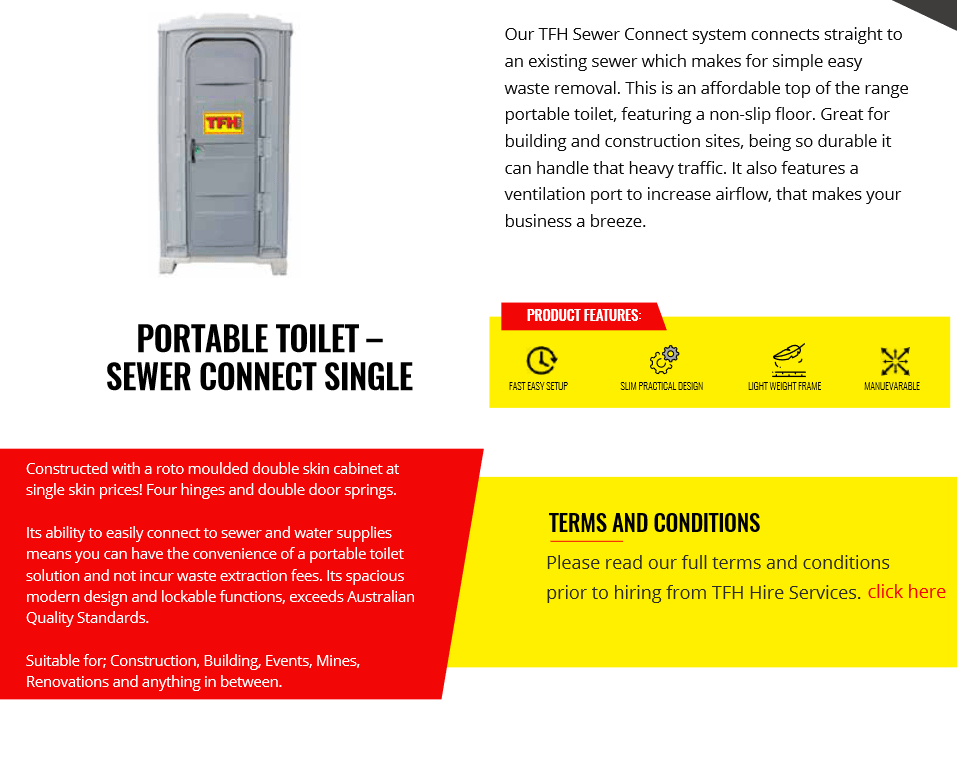Reclaim Waste Fundamentals Explained
Table of ContentsFacts About Reclaim Waste UncoveredReclaim Waste Can Be Fun For AnyoneThe Greatest Guide To Reclaim WasteThe Greatest Guide To Reclaim WasteGetting The Reclaim Waste To Work
Residential sewer waste refers to the waste and products from a property septic tank. The proper monitoring and disposal of domestic sewage waste need liquid waste to be moved to a sewage treatment plant where the proper approaches and devices are used to purify and dispose of waste.
Commercial waste commonly consists of possible threats, such as combustible materials or a mix of fluid and solid waste products, and calls for an advanced and detailed disposal procedure. The disposal of industrial waste typically includes the purification of waste before transport to make certain secure and correct disposal. Industrial waste is created from by-products and overflow of commercial processes and production.
This kind of waste can not use the very same sewer management transportation or procedures as septic or business liquids. The hazardous waste management procedure requires the assessment and screening of liquid waste prior to it goes through the disposal procedure (liquid waste removal). Drainage waste is the liquid waste that comes from runoff and excess stormwater in highly populated locations or cities
Overflow waste can cause contamination and flooding if not handled effectively. Guaranteeing proper waste administration can protect against disasters and minimize environmental harm.
The Best Guide To Reclaim Waste
Call PROS Services today to learn more about our waste management and disposal solutions and the appropriate ways to care for the liquid waste you produce.
(http://peterjackson.mee.nu/where_i_work#c2441)Do you recognize what takes place to your water when you end, purge the toilet or drain the washing machine? No? Well, it's worth knowing. This supposed 'wastewater' is not just an essential source but, after therapy, will certainly be launched to our land, waterways or the ocean. Used water from bathrooms, showers, baths, cooking area sinks, washings and commercial procedures is referred to as wastewater.

water utilized to cool machinery or tidy plant and tools). Stormwater, a kind of wastewater, is drainage that moves from agricultural and city areas such as roofing systems, parks, yards, roads, courses and rain gutters right into stormwater drains pipes, after rain. Stormwater streams without treatment directly to local creeks or rivers, ultimately getting to the ocean.
Excitement About Reclaim Waste
In Queensland, most wastewater is dealt with at sewer therapy plants. Wastewater is delivered from residential or commercial websites via a system of sewage systems and pump stations, called sewerage reticulation, to a sewage therapy plant. City governments construct, keep and run most sewer therapy plants. Operators are licensed under the Environmental Management Act 1994 to discharge cured wastewater at an appropriate environmental standard into waterways.
The Division of Natural Resources suggests city governments regarding managing, operating and preserving sewerage systems and treatment plants. In unsewered locations, local governments may call for homeowners to set up specific or family sewer therapy systems to deal with residential wastewater from commodes, kitchen areas, shower rooms and laundries. The Division of Natural Resources authorizes using house systems when they are confirmed to be reliable.
The majority of stormwater gets no therapy. In some brand-new communities, therapy of some stormwater to remove trash, sand and crushed rock has started utilizing gross toxin catches. Wastewater click here to read therapy happens in 4 phases: Gets rid of solid issue. Larger solids, such as plastics and other items incorrectly released to sewers, are gotten rid of when wastewater is gone through screens.
Uses small living microorganisms knows as micro-organisms to damage down and eliminate continuing to be dissolved wastes and great bits. Micro-organisms and wastes are incorporated in the sludge.
6 Simple Techniques For Reclaim Waste
Nutrient elimination is not available in any way sewer treatment plants since it requires expensive specialised equipment. It is coming to be more typical in Queensland. Clear fluid effluent produced after therapy might still have disease-causing micro-organisms. If this effluent is launched into waterways such as rivers or the sea, the micro-organisms will ultimately die out.

Many wastewater moves right into the sewerage system. Under the Act, regional federal governments carry out authorizations and licences for ecologically appropriate tasks (ERAs) entailing wastewater releases that might have a local impact.
Some Known Questions About Reclaim Waste.
Monitoring offers factual details about water high quality and can verify that licence conditions are being satisfied. The information gotten through surveillance provides the basis for making water top quality decisions.